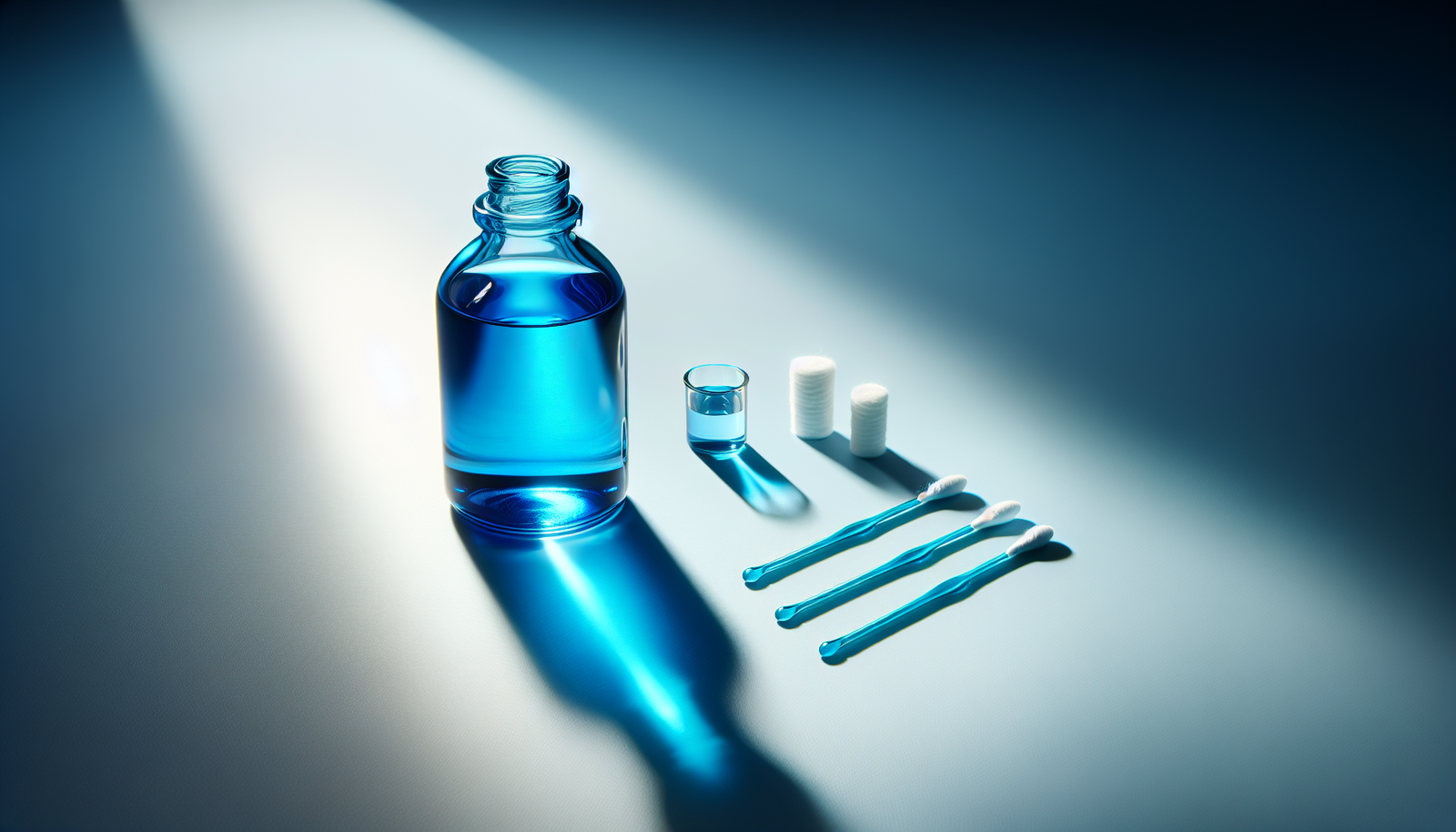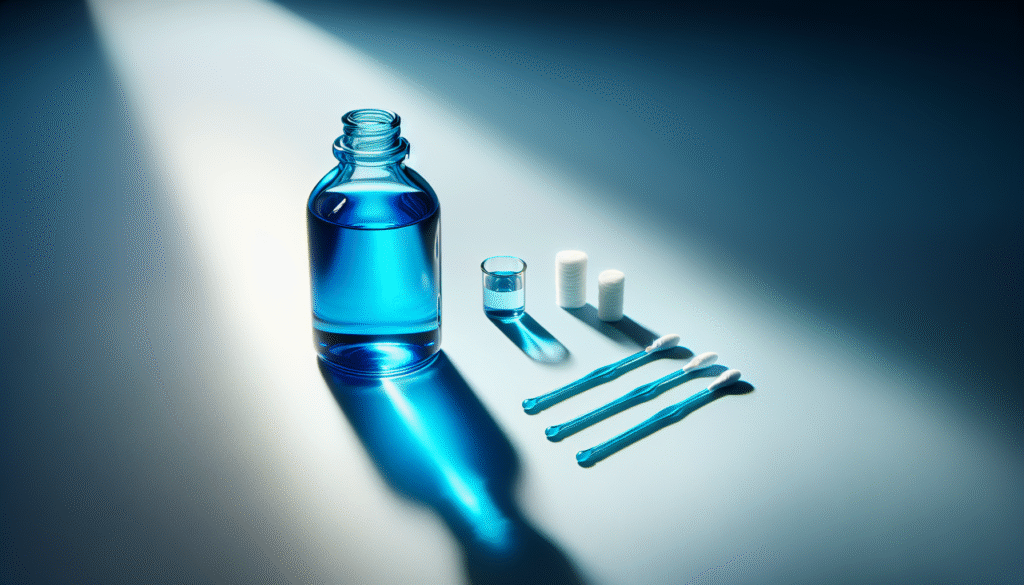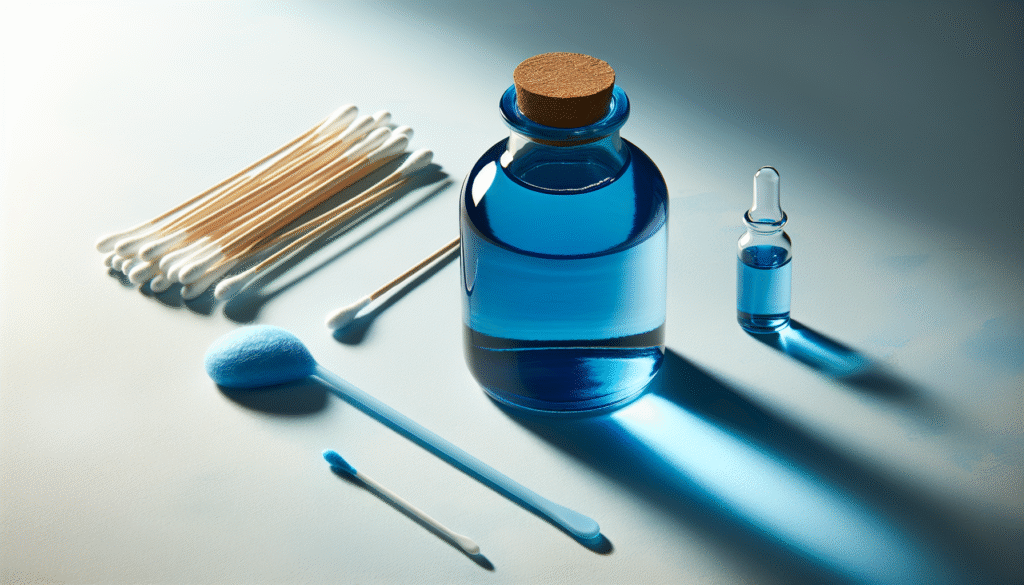
What do you really know about the storage and handling of methylene blue? This powerful compound, while versatile in its applications, requires specific attention to safety and efficacy when stored or utilized.

Understanding Methylene Blue
Methylene blue is a synthetic dye that has found its place in a variety of fields, including medicine and biology. Originally developed as a dye, it is frequently used in the treatment of methemoglobinemia and as a stain in laboratory settings. Its multi-faceted utility means that understanding how to effectively store and utilize this compound is essential for anyone working with it.
Chemical Properties
Before delving into storage and usage, let’s consider the chemical properties that make methylene blue unique. It has a molecular formula of C₁₆H₁₈ClN₃S, and it appears as a blue crystalline powder. This dye has strong absorbance properties, making it valuable in various applications. Its solubility in water and alcohol allows it to easily integrate into many systems, but also makes its storage and handling critical.
Proper Storage of Methylene Blue
Correct storage is vital for maintaining the integrity and effectiveness of methylene blue. Here are some essential tips for ensuring that it remains viable for use.
Ideal Conditions
Methylene blue should be stored in a cool, dark place, away from direct sunlight and heat sources. Light exposure can degrade the compound, reducing its effectiveness.
Temperature
- Recommended Storage Temperature: Keep methylene blue at 2-8°C (36-46°F).
- Avoid Freezing: Freezing can cause crystallization and lead to potency loss.
Container Considerations
Using the appropriate containers is crucial for maintaining the quality of methylene blue.
Material
- Amber Glass Bottles: These help protect the compound from light, which can cause degradation.
- Plastic Containers: If using plastic, ensure that it is a high-density polyethylene (HDPE) that does not interact with the dye.
Labeling
Always label your containers clearly with the following information:
- Name of the compound
- Concentration
- Expiration date
- Handling instructions
Shelf Life
Be mindful of the shelf life of methylene blue. It is typically stable for several years when stored correctly, but you should regularly check the expiration date and inspect the compound for any visual changes, such as discoloration or precipitation.
Safety Precautions
Working with methylene blue necessitates a thorough understanding of safety protocols to prevent accidents and ensure effective use.
Personal Protective Equipment (PPE)
Before handling methylene blue, it is paramount that you equip yourself with the necessary PPE to minimize the risk of exposure.
| Equipment | Purpose |
|---|---|
| Gloves | To prevent skin contact |
| Safety goggles | To protect eyes from splashes |
| Lab coat | To protect clothing and skin |
| Face mask (optional) | In case of inhalation risk in powdered form |
First Aid Measures
In the event of accidental exposure, knowing how to respond is critical.
Skin Contact
- Rinse the area with copious amounts of water for at least 15 minutes.
- Remove contaminated clothing. Seek medical attention if irritation persists.
Eye Contact
- Rinse eyes with water or saline solution for at least 15 minutes.
- Seek immediate medical attention if irritation or blurred vision continues.
Ingestion
- Do not induce vomiting. Rinse mouth and drink plenty of water.
- Seek medical help immediately.
Waste Disposal
Methylene blue must be disposed of according to local regulations. Do not pour it down the drain. Consult your local waste disposal authority to ensure compliance with hazardous waste guidelines.
Practical Uses of Methylene Blue
You may already be aware of some applications of methylene blue, but understanding its full potential can enhance your effectiveness in the lab or clinical setting.
Medical Applications
One of the most notable uses of methylene blue is in the medical field.
Treatment for Methemoglobinemia
Methylene blue is administered intravenously to patients suffering from methemoglobinemia, a condition where hemoglobin cannot effectively release oxygen to tissues. A dose of 1-2 mg/kg is commonly used, with further doses following if necessary.
Laboratory Uses
In a laboratory setting, methylene blue serves various purposes, including:
-
Staining: It can stain biological tissues, highlighting cellular components for examination under a microscope.
-
Redox Indicator: Methylene blue is an effective redox indicator in various titrations, changing color depending on the oxidation state.
-
Microbiological Assays: Researchers use it to test the viability of microorganisms based on the uptake of the dye.
Stability Testing and Quality Control
Regular monitoring of methylene blue’s stability is crucial, particularly in quality control settings. Understanding how to assess its potency through various tests will ensure its reliable application.

Using Methylene Blue Correctly
How you utilize methylene blue can greatly influence the outcomes of your work. Below are some best practices to follow.
Dilution Techniques
When preparing solutions of methylene blue, proper dilution protocols should be adhered to.
Concentration Calculation
To prepare a specific concentration, use the formula:
[ C_1V_1 = C_2V_2 ]
Where:
- (C_1) = initial concentration
- (V_1) = volume of the initial solution
- (C_2) = desired final concentration
- (V_2) = final volume
Step-by-Step Dilution Process
- Calculate the volume needed using the formula.
- Measure the appropriate volume of methylene blue and the solvent.
- Mix thoroughly to ensure homogeneity.
Application Techniques
Knowing the right method to apply methylene blue can enhance its effectiveness, whether in a laboratory or clinical context.
Microscopic Examination
When using methylene blue for staining, be sure to follow these steps:
- Prepare the Slide: Apply a small drop of the methylene blue solution.
- Add the Sample: Place your specimen on the drop and cover with a cover slip.
- Observe Under Microscope: Start with a lower magnification to locate areas of interest before increasing it for detailed observation.
Timing and Dosage
For medical applications, you should follow established protocols for timing and dosing to avoid complications.
Administering Methylene Blue
- Slow IV Administration: Inject methylene blue slowly over several minutes to minimize potential adverse reactions.
- Monitor Patient Response: Be vigilant and ready to manage any side effects such as pain at the injection site or allergic reactions.
Common Pitfalls to Avoid
When working with methylene blue, several frequent mistakes can impact your results or lead to safety hazards.
Overexposure Risks
Overhandling methylene blue can lead to skin staining or respiratory issues. Always reassess your need for handling the compound and evaluate safer alternatives where possible, especially for unnecessary laboratory tasks.
Inaccurate Measurements
Ensuring accuracy in your measurements is critical. Utilize calibrated pipettes and balances to guarantee that your concentrations are correct.
Inadequate Documentation
Proper documentation is critical, especially in professional settings. Failing to document your processes can lead to inconsistencies and complications. Be disciplined in maintaining detailed records of your methylene blue-related work.
Conclusion
Methylene blue is an invaluable tool across various fields, but it demands careful storage, handling, and application to maximize its benefits. By adhering to the outlined guidelines, you can ensure that you are using this compound safely and effectively. Emphasizing safety precautions, proper storage techniques, and accurate use will not only protect your work environment but also enhance the integrity and effectiveness of your results.
The attention you give to methylene blue—from its storage conditions to its applications—will contribute to successful outcomes in both laboratory and clinical settings. Knowing how to store, handle, and utilize this compound properly is not just about good practices; it significantly impacts the science you engage in every day. Thus, commit to ongoing education about this chemical and remain vigilant about your processes.